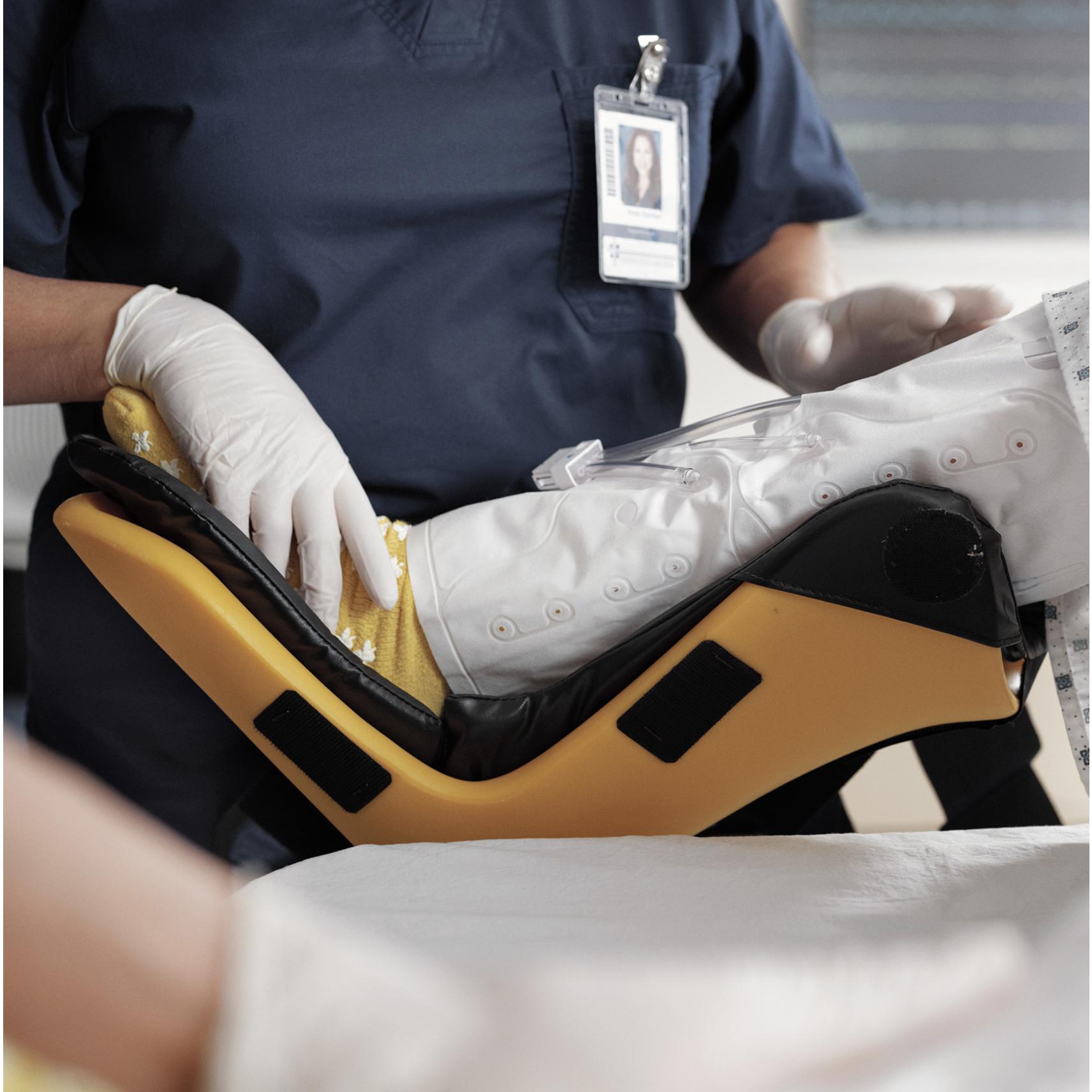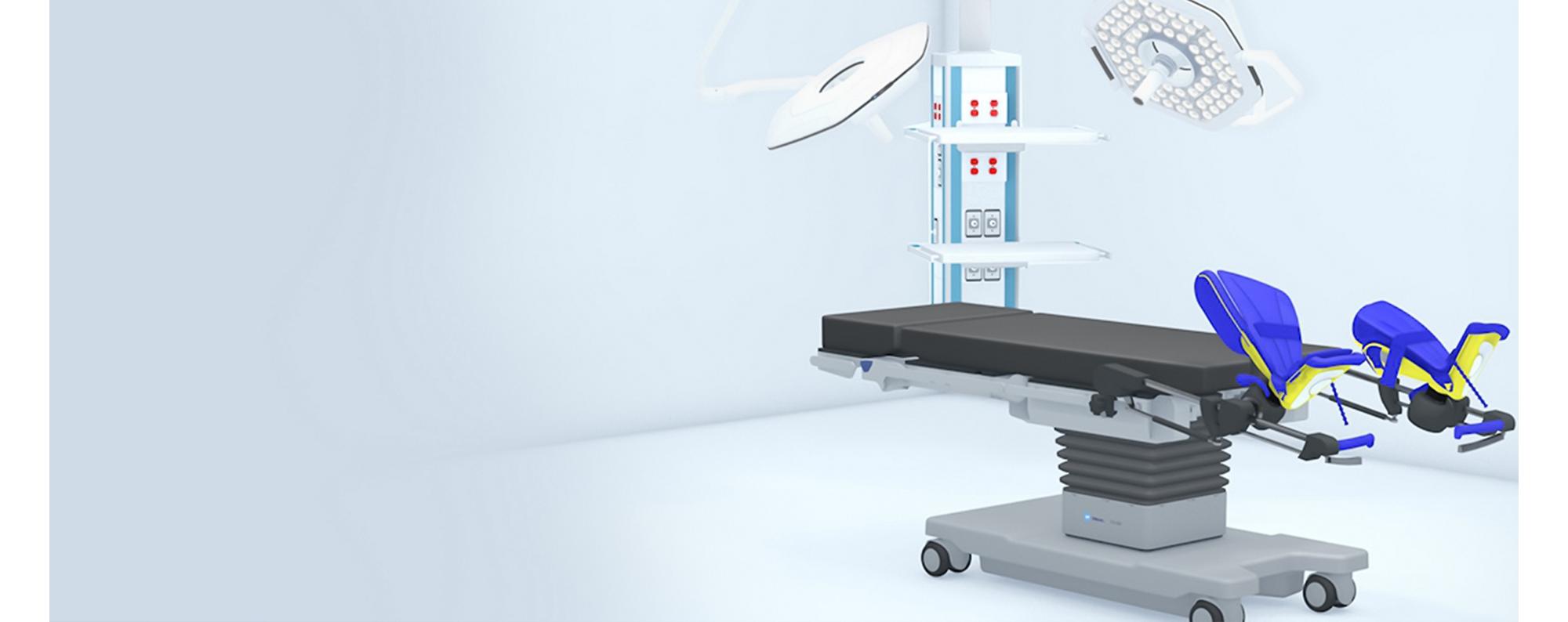Right Equipment. Right OR. Right Time.
Having the right surgical table accessories gives your clinical team the support they need to provide the best patient care in the OR. Whether it’s an individual surgical solution, a site-specific surgical solution or a package of accessories for specific procedures, Hillrom™ can help improve efficiency in room turnover and patient safety during surgery.
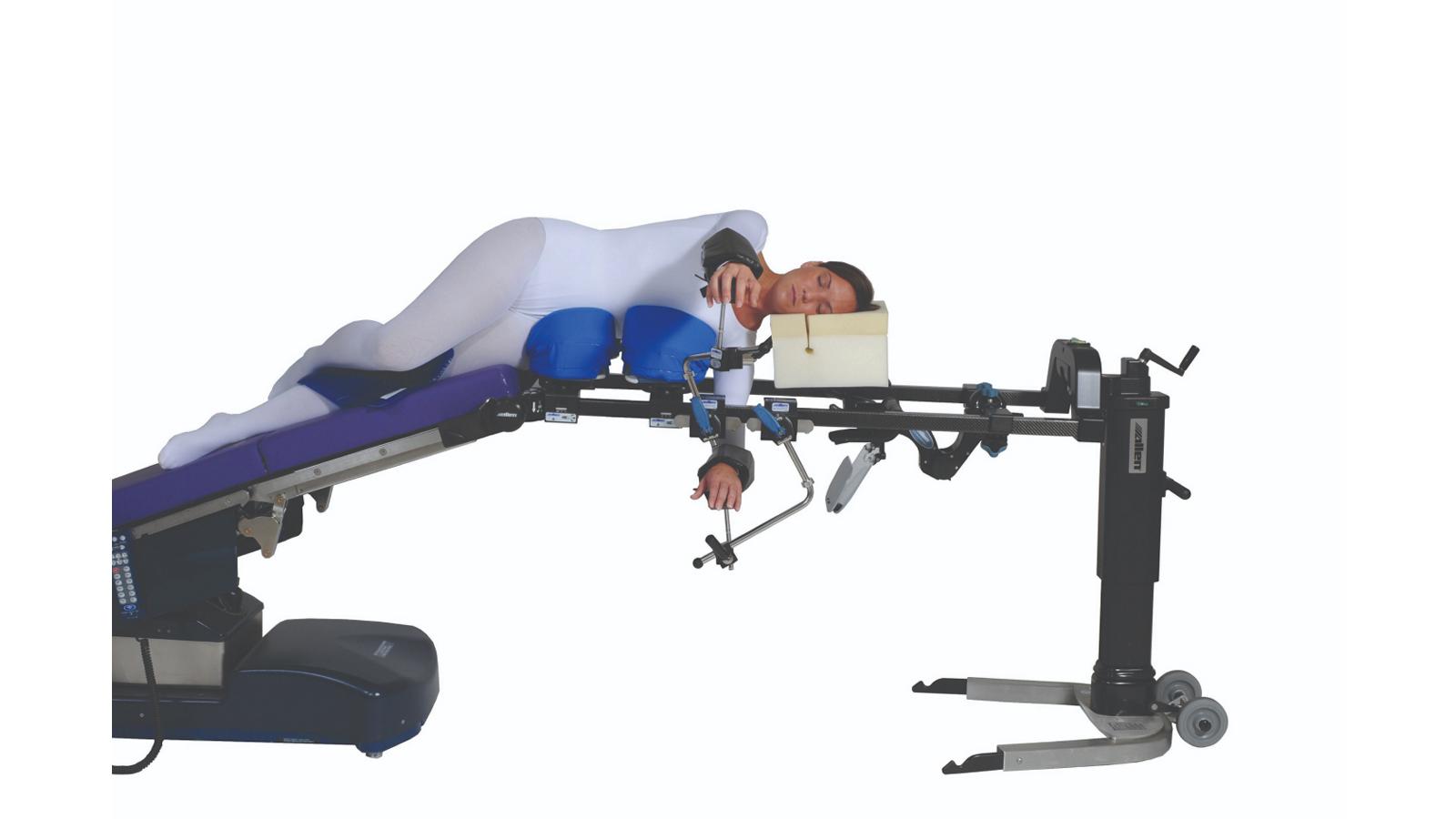
Spinal and Neurology Surgical Table Positioning Accessories
Our innovative spine accessories help improve surgical site access while protecting patients from injury.
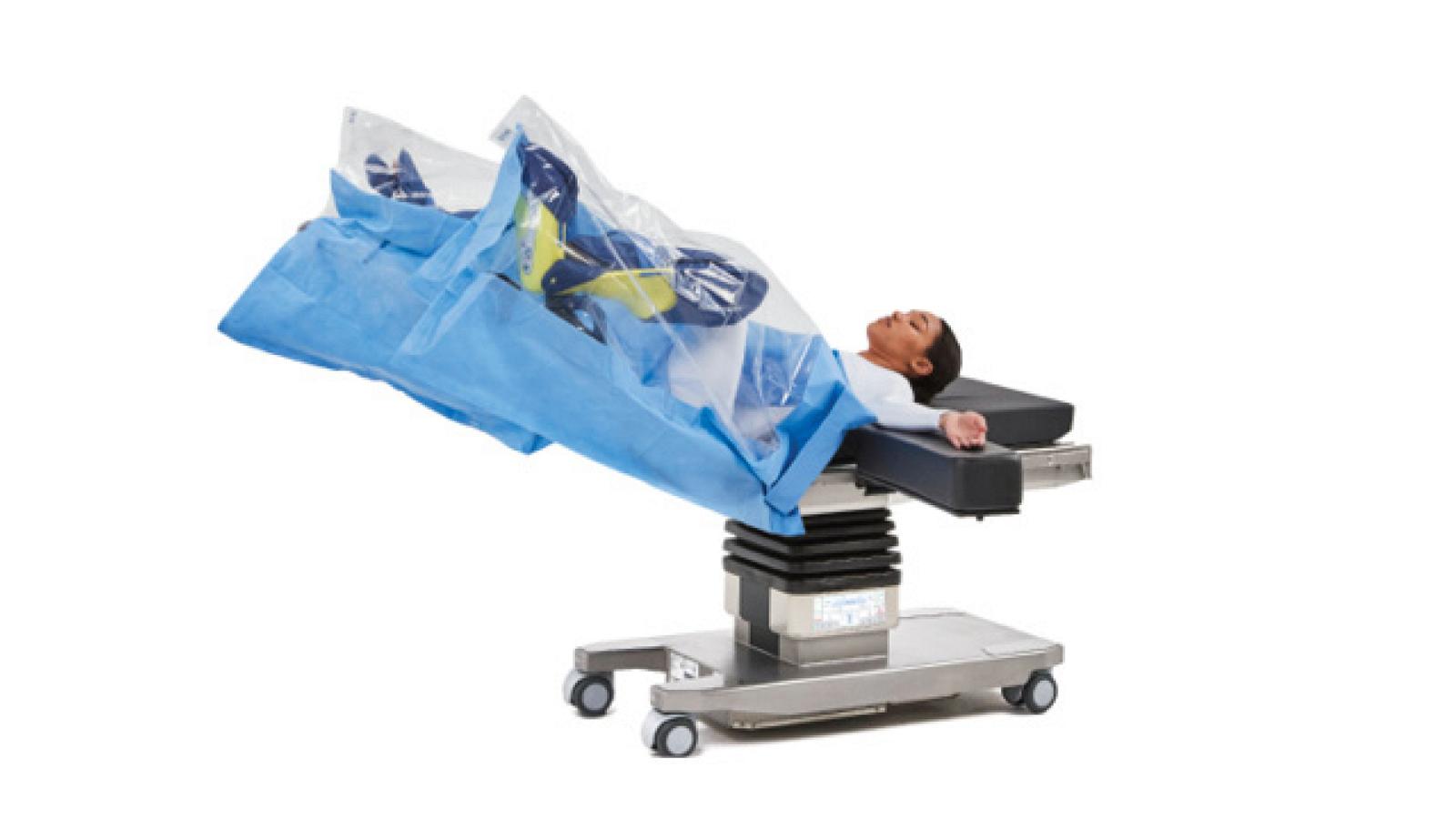
Urology and Gynecology Surgical Table Positioning Accessories
Make positioning simple and comfortable for your patients during a urogynecology procedure with Hillrom™ accessories. For safe patient movement and lithotomy positioning, our stirrups, positioners and accessories — like the Yellofins® Apex — support all your gynecology and urology procedural needs.
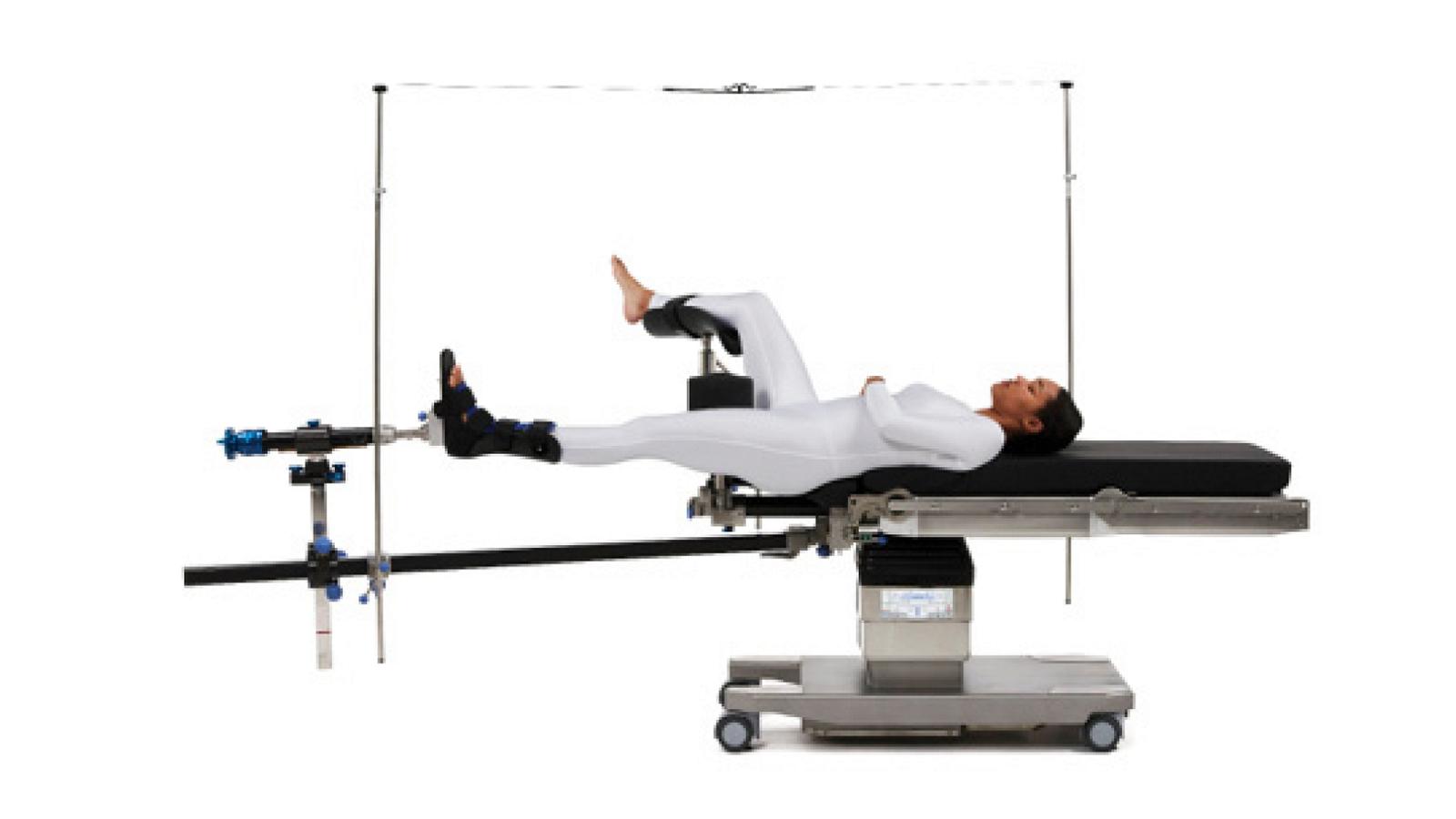
Orthopedic Surgical Table Positioning Accessories
Our equipment and accessories provide ideal access, adjustability and stability for all types of procedures including shoulders, wrists, hips and knees.
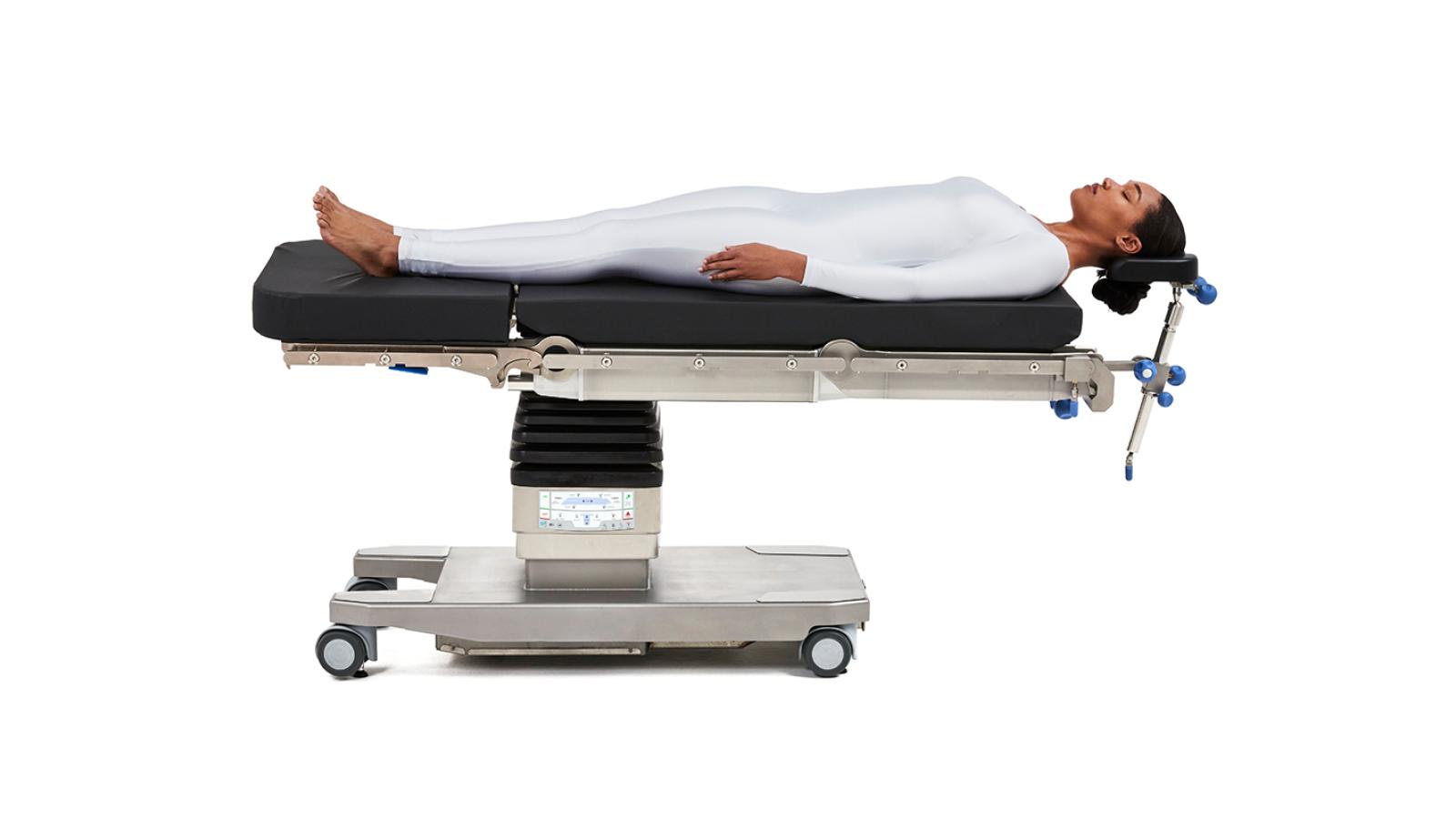
ENT and Ophthalmic Surgical Table Positioning Accessories
Help maintain proper positioning by limiting head movement during a procedure while providing safe, adjustable support with ENT and ophthalmic accessories.
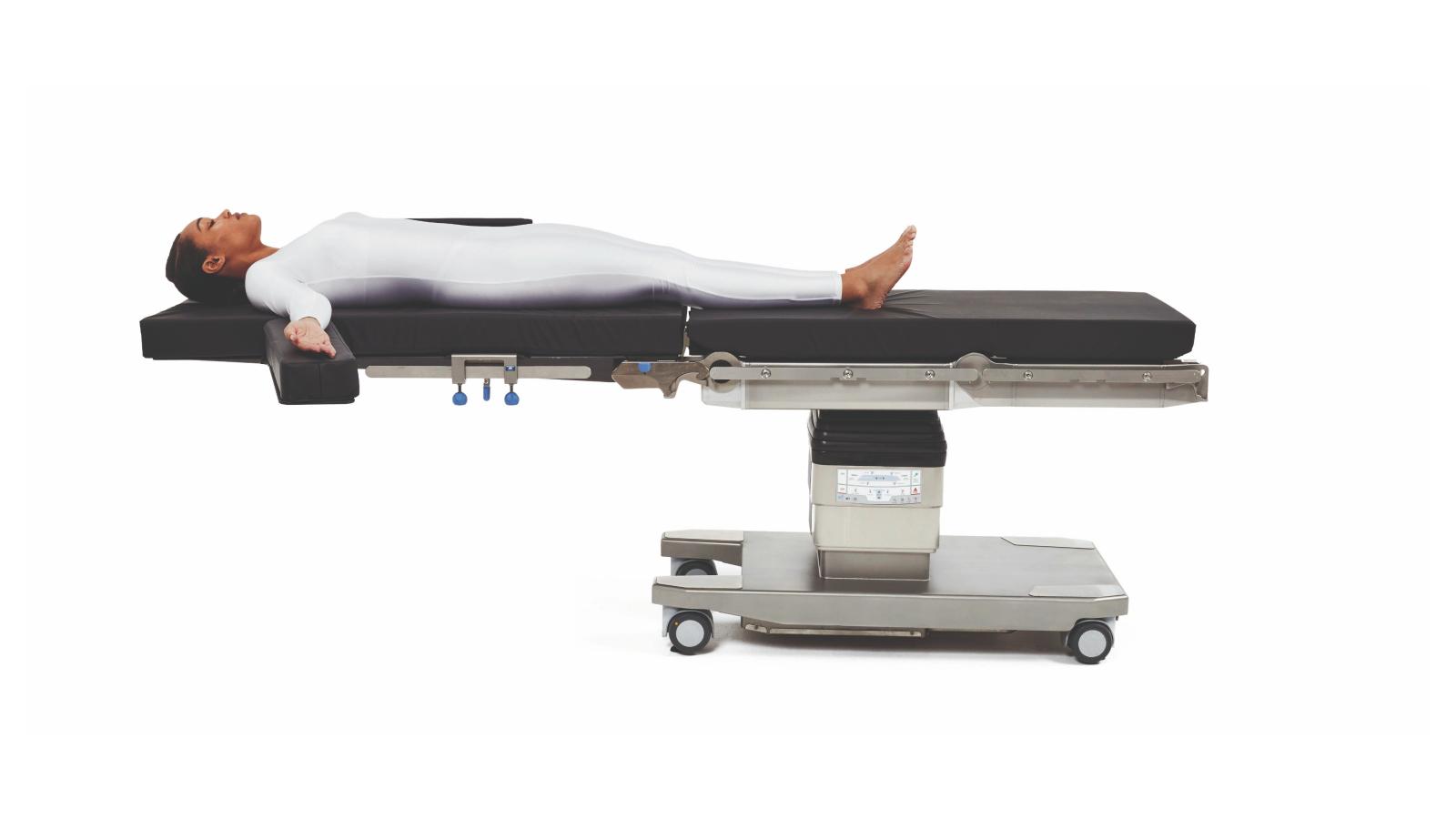
Vascular Surgical Table Positioning Accessories
Protect patients and their stability during vascular procedures like EVAR, AAA, TEVAR, angioplasty and vascular bypass with Hillrom surgical accessories and equipment.
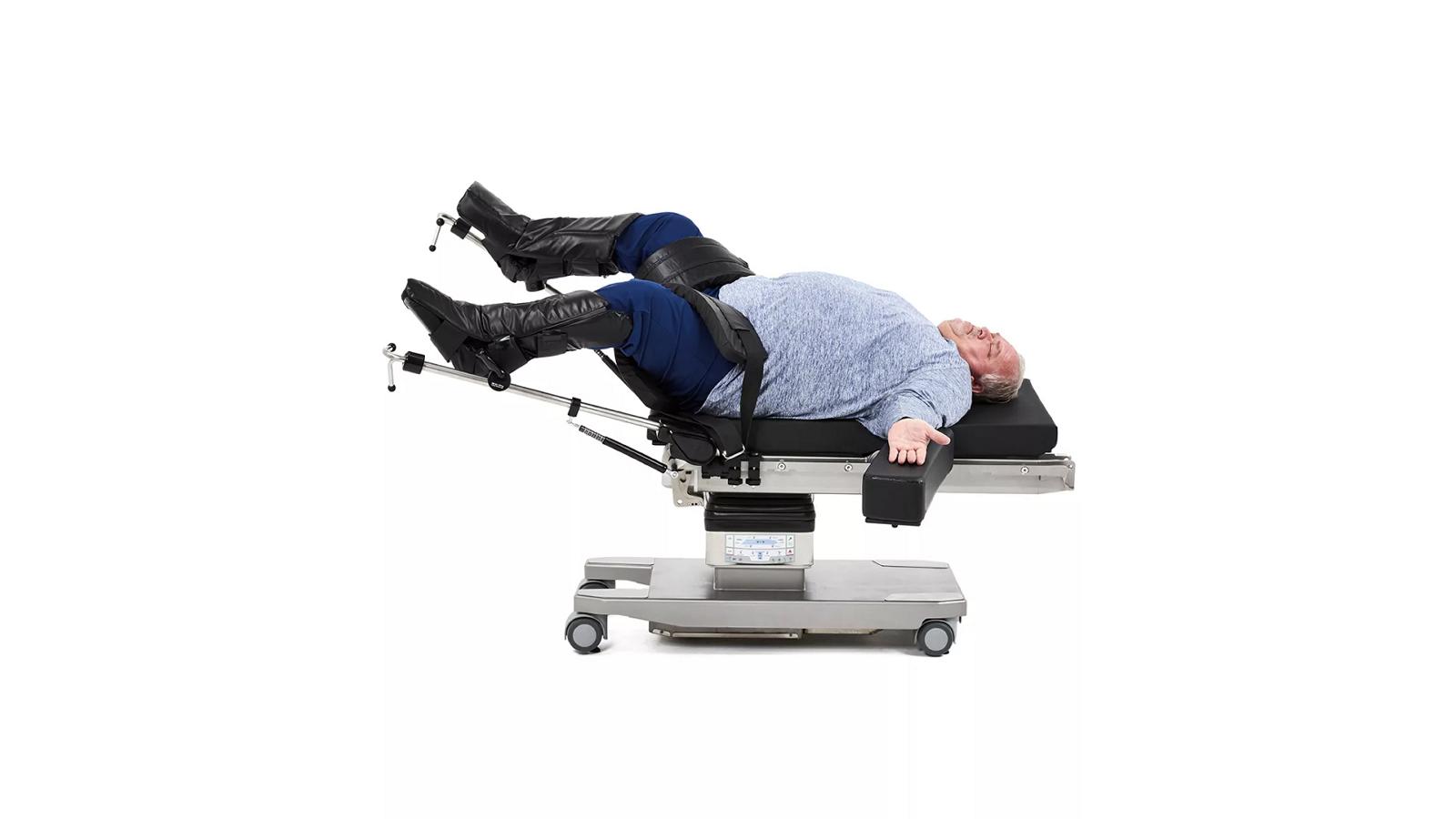
Bariatric Surgical Positioning Accessories
Provide safe and dignified care for your patients of size with bariatric accessories designed to complement your surgical surfaces.
The Safe Patient Positioning Webinar will teach how to identify high-risk surgical positions, reduce patient injury, and improve patient outcomes. Those who complete this continuing education should be able to:
- Identify high-risk surgical positions and common associated positioning injuries.
- Describe team collaboration, communication, and workflow strategies in positioning surgical patients.
- Outline safe patient positioning strategies and techniques based on evidence-based guidelines.
- Discuss correct device usage for positioning patients during surgery to prevent injury.
